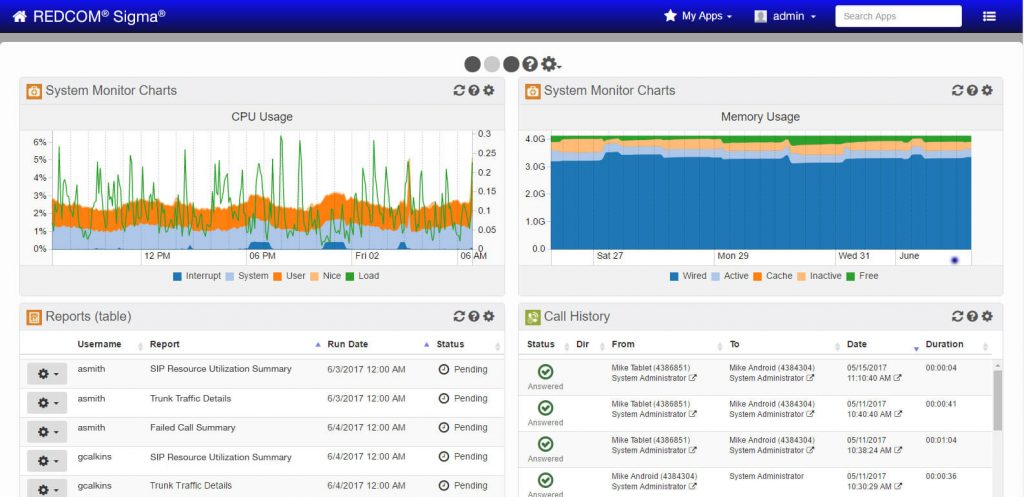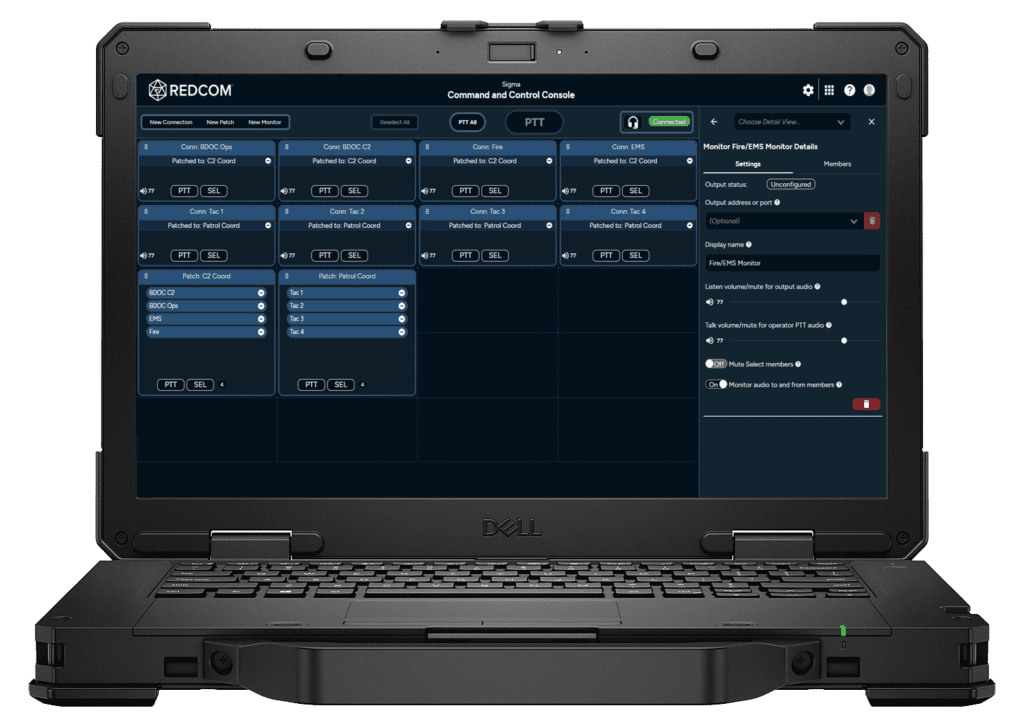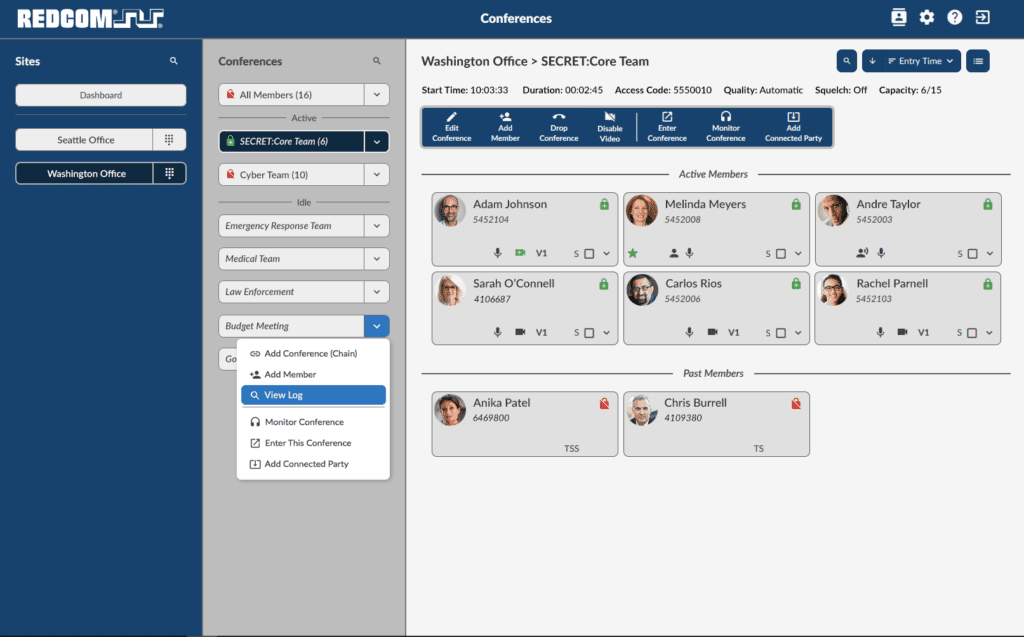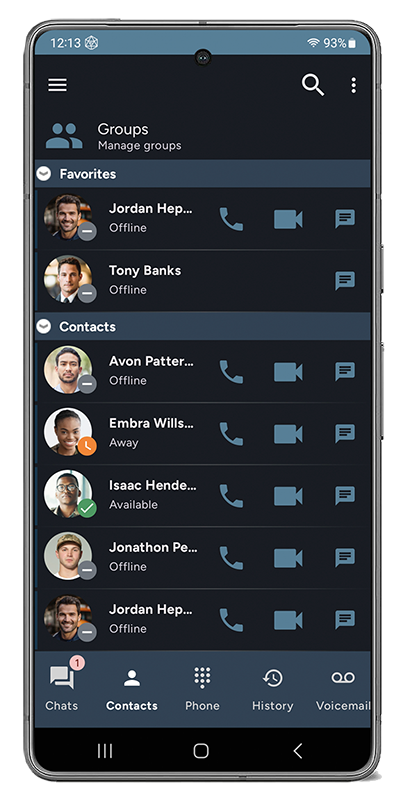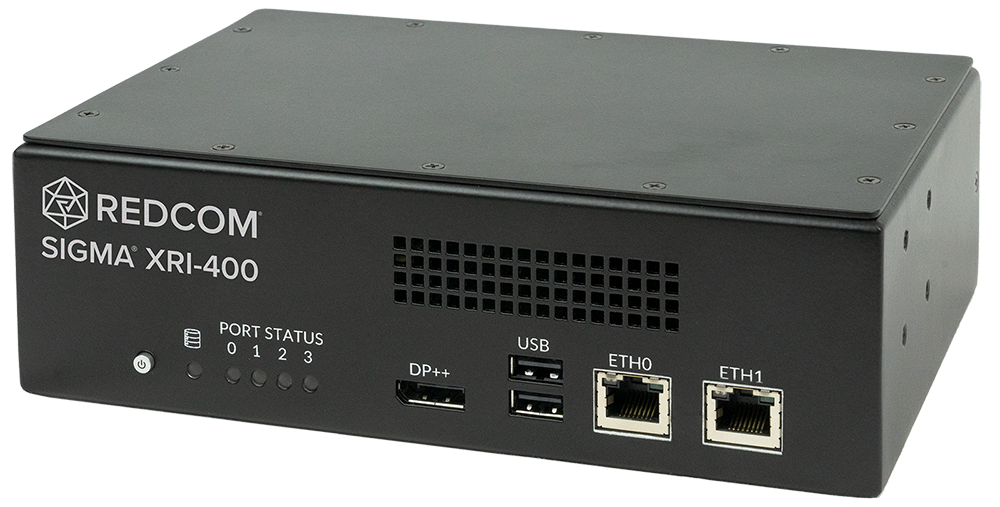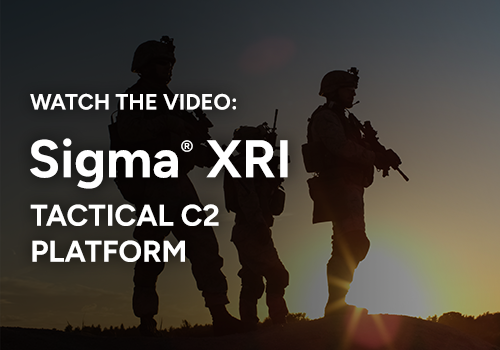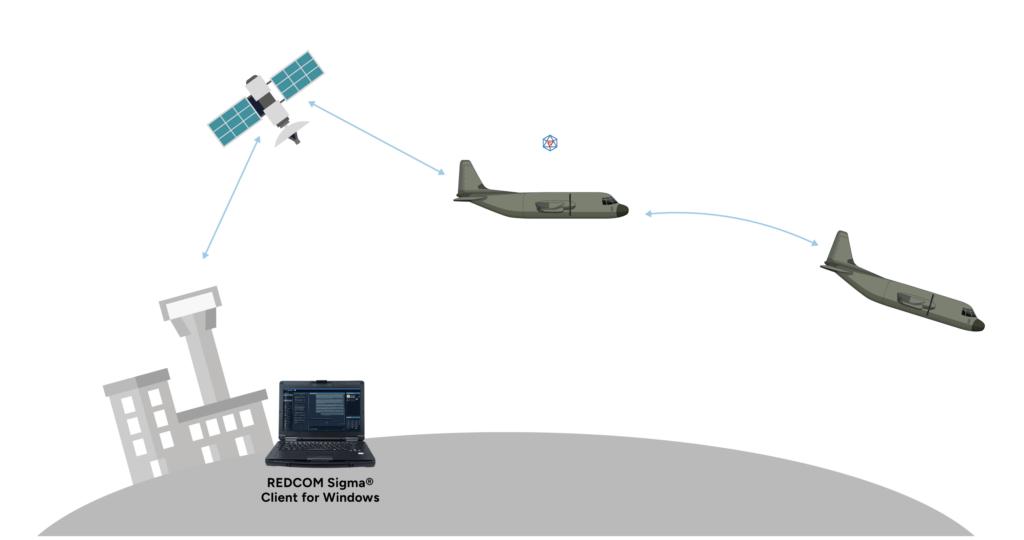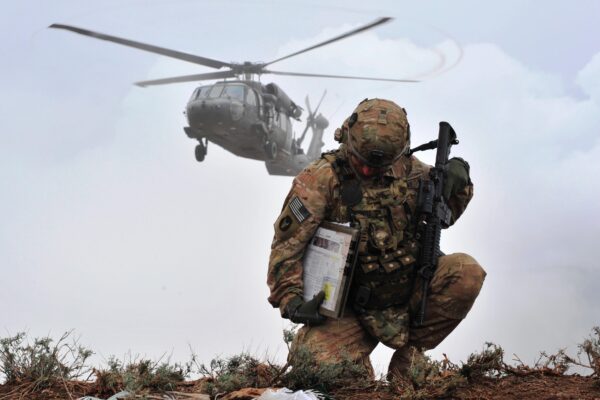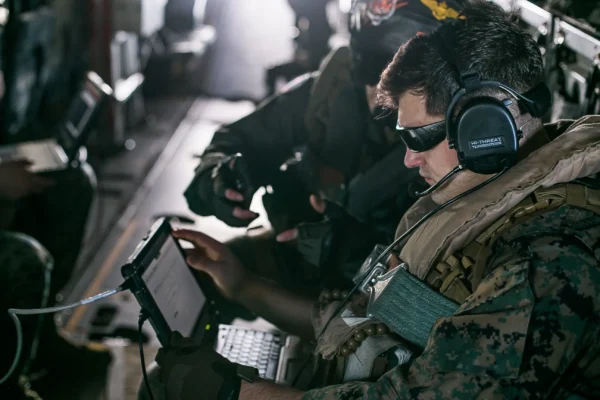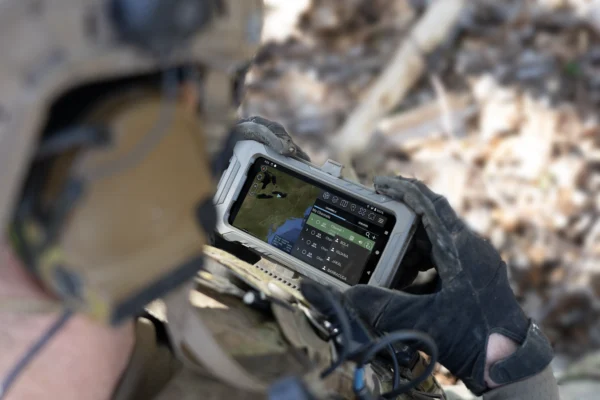Summary
The Sigma XRI-400’s crossbanding capabilities can turn any aircraft into a C2 node, enabling communications vertically and laterally in Disconnected, Intermittent, and Limited bandwidth (DIL) environments while providing air support.
The Challenge
Enabling communications in austere environments has always been a point of contention for militaries. Communications can be interrupted through hostile intervention, environmental interference, or a lack of supporting infrastructure. The challenge lies in logistics since solutions may require ad-hoc modifications due to environmental changes or hostiles adapting their interference strategies.
The Current Solution
There are multiple methods for maintaining or establishing lines of communication between units and Operations Centers with varying degrees of effectiveness. The most common are:
- Utilizing several radio networks to bypass environmental or electronic interference
- Analog field telephones that can maintain communications in DIL environments
- A Battlefield Airborne Communication Node (BACN)
Limitations
Each of these solutions has limitations that hinder the operational capacity of warfighters.
Using several radios requires warfighters to carry additional equipment, and this solution is not guaranteed, depending on how advanced the hostile electronic intervention is.
While analog field radios bypass electronic interference, their range is limited, dramatically hindering mobility, and setup takes time and resources.
Utilizing a BACN is extremely efficient, bypassing environmental and hostile interference. However, it only communicates with predesignated frequencies and requires prior planning with a BACN liaison officer. Additionally, since BACNs are limited to specific aircraft, their availability is restrictive.
The REDCOM Solution
The REDCOM solution combines the Sigma XRI-400, a BACN, and policies from the United States Air Force Agile Combat Employment (ACE). ACE is an operational scheme of maneuver designed to increase survivability while generating combat power.
The main policy considered is “By empowering subordinates at the lowest capable level to make decisions and take decisive action at their level, mission command provides the flexibility and agility required to seize opportunities despite enemy denial or degradation of communications” (AFDN 1-21, Pg. 5).
By crossbanding traditional RF network, a Line-of-Sight radio, a Beyond-Line-of-Sight radio, or any IP-based endpoint with the REDCOM Sigma XRI-400, any aircraft can become a communication extension node or C2 hub, enabling communication vertically and laterally with Operation Centers and all units within line-of-sight of the aircraft. Additionally, since any aircraft can be fitted with the XRI-400 and these communication devices, warfighters can receive air support and communicate with Operations Centers simultaneously, greatly increasing operational efficiency.
Operators can also utilize the REDCOM Sigma C2 Console to create patches and channels to quickly communicate with several units simultaneously or individually as needed. This greatly bolsters the flow of information and allows units to be mobile and reactive to the situation.
About the XRI-400
REDCOM’s Sigma XRI-400 is a compact but powerful Command and Control platform that solves these interoperability and connectivity challenges by leveraging existing assets and endpoints. The XRI-400 instantly connects radio networks, LTE, VoIP, SATCOM, and more, providing reliable communications in any scenario.
The XRI integrates with existing military equipment without the hassle of a long and convoluted setup process. Because Sigma XRI-400 is a full-featured C2 platform, radio users can communicate directly with users on other radio nets, TSM networks, and SIP endpoints (such as mobile devices and desk phones).
Additional Testing
Alongside the crossbanding testing, the XRI-400 was exposed to several rugged environmental tests to ensure its efficacy while airborne. It meets MIL-STD-810H tests for temperature (-40 to 70 °C) and altitude (50,000 ft). These tests ensure that the XRI-400 will be usable in military aircraft, providing warfighters with a consistent means of establishing communications in DIL environments.
